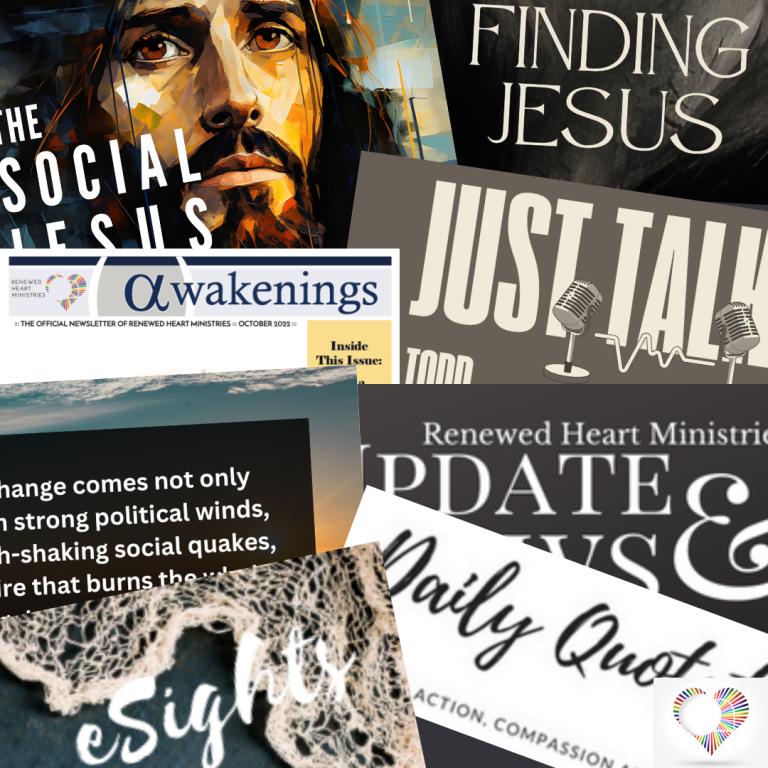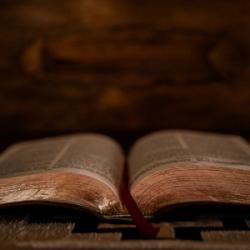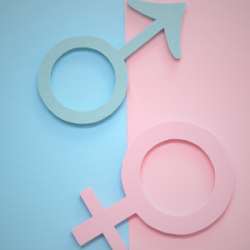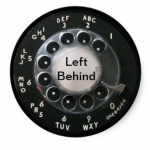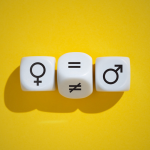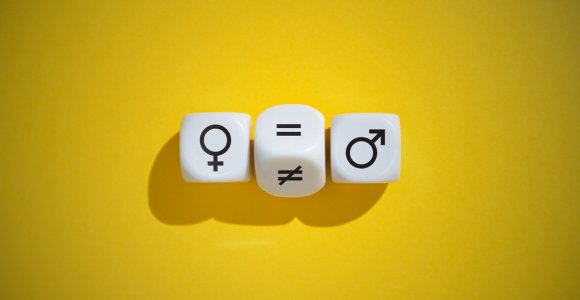
Again, a case for gender equality from the Bible typically begins in Genesis. In the creation narrative of Genesis 1, both man and woman are created in the image of God: “So God created humankind in his image, in the image of God he created them; male and female he created them” (Genesis 1:27, NRSV). This passage affirms that both men and women equally reflect God’s image and share in the divine mandate to care for creation (Genesis 1:28). There is no hint of hierarchy in this first creation account.
Welcome Readers! Please subscribe to Social Jesus Here.
This is Part 3 of The Bible and Gender Equality
(Read this series from its beginning here.)
Patriarchy then appears in Genesis 3:16 when God tells Eve, “your desire shall be for your husband, and he shall rule over you.” Debate rages over whether this statement is descriptive or prescriptive. Those who support gender equality protest that these words describe the broken relational dynamic resulting from sin, not God’s original intent for male-female relationships. The rest of the biblical story, from this perspective, is seen as God working to restore creation and overcome the destructive consequences of sin including gender-based oppression.
Throughout the rest of our sacred text, women are depicted as active agents in God’s liberative work. In the Hebrew scriptures, figures such as Deborah, a prophet and judge (Judges 4–5); Huldah, a prophet consulted by the king’s priests (2 Kings 22); and Esther, who risked her life to save her people stand out as examples of female leadership. These women act with courage and divine authority, often in ways that challenge the gender norms of their time.
In our reading this week, as in the rest of the gospels, Jesus’ interactions with women were countercultural and deeply affirming. He welcomed women as disciples (Luke 8:1–3) and revealed deep theological truths to them (John 4:7–26). After His resurrection, Jesus first appeared to women and commissioned them to tell the good news to the male disciples (Matthew 28:1–10; John 20:11–18), an act that many interpret as Jesus placing women at the forefront of the disciples’ gospel proclamation.
Certain sectors of the early Jesus community continued this pattern. This was not universal, however, as debate even then existed between patriarchal early followers and those who perceived Jesus as teaching more gender equality. In the sectors that practiced more gender equality, we find such examples as Phoebe (Romans 16:1–2), Junia (Romans 16:7), and Priscilla (Acts 18:26). These women were leaders in the early Christian movement. Their existence in the early church being praised by Paul should be held in tension with Paul’s often-quoted passages that seem to limit women’s roles. Many scholars and believers today do see a consistent trajectory toward gender equality in scriptures. These scholars believe that, from creation stories to the early church, Scripture reveals a God who values, empowers, and calls all genders to participate fully in what it means to follow Jesus.
It is also just as true that the Bible has historically been used to support patriarchal systems. And the Bible is not univocal on this or any subject. The Bible is a collection of texts considered sacred. These texts were written, redacted, collected and compiled by over hundreds of years, within multiple cultures. Even by the most conservative estimates, that’s almost 50 different authors (this doesn’t include redactors, translators, or compilers). Of course it’s not univocal on every subject!
What we must ask ourselves in our contexts today is whether a passage or an interpretation of a passage is life-giving? We must ask who is it hurting? Is it moving us closer to a world that is a safe, compassionate, just home for everyone, even those different from ourselves, or away from one? What stories in the Bible do you believe teach gender equality?
Are you receiving all of RHM’s free resources each week?
Begin each day being inspired toward love, compassion, justice and action. Free.
Sign up at HERE.
